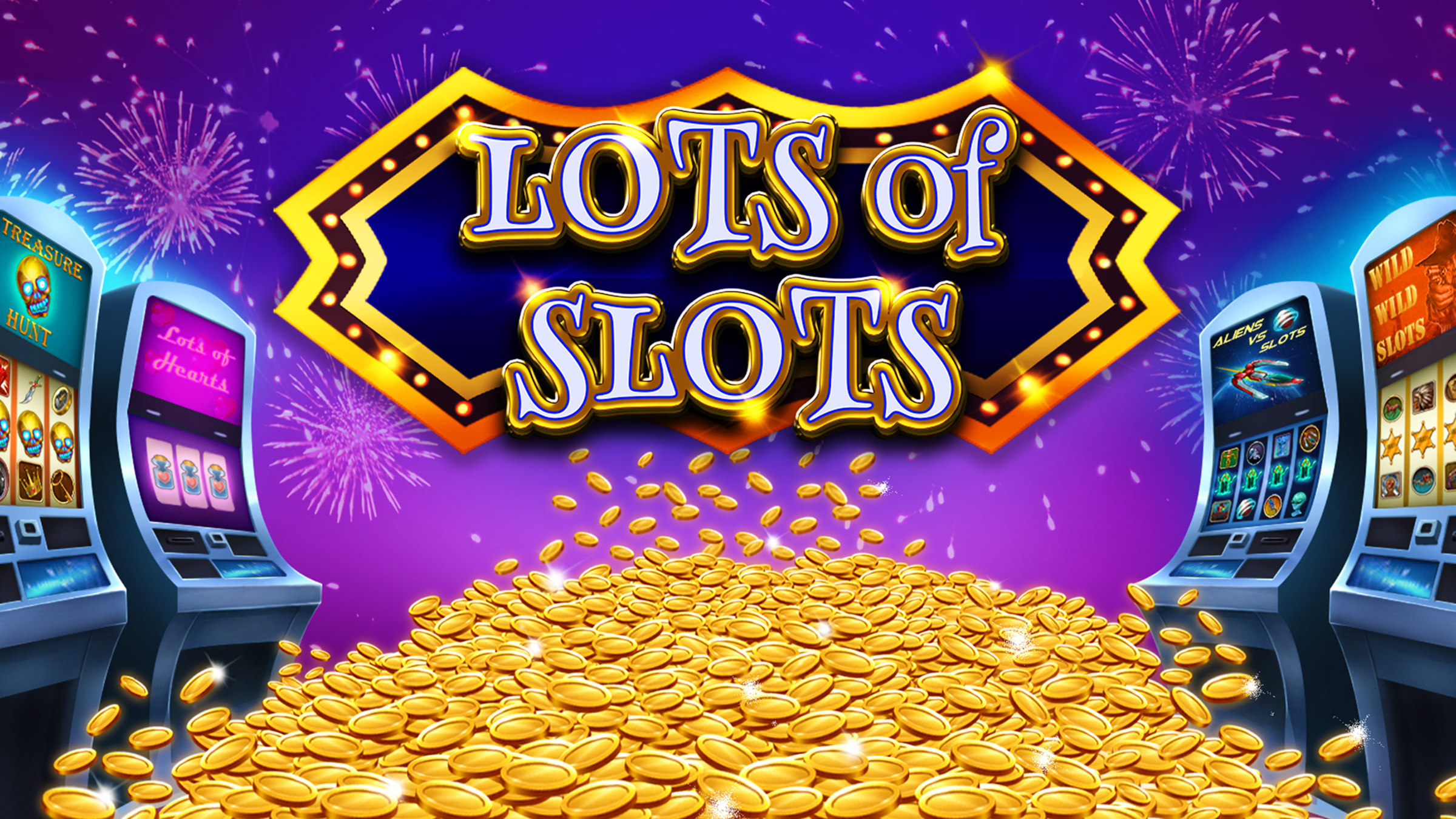Maximizing Your Chances of Winning at a Slot Machine

A slot is a narrow opening or groove in something. You can find slots on doors and windows, as well as on machines that spin coins and paper tickets. A slot can also be a term used for an area on a computer monitor or other digital screen that shows different functions, such as the jackpot amount, number of paylines, and more.
While it’s impossible to know when a particular slot machine will pay out, some players have found ways to maximize their chances of winning. These strategies include understanding the meaning of a slot’s pay table, which describes how winning combinations payout. They also involve setting a budget before playing and only using disposable income for gambling. This can prevent players from losing more money than they can afford and may help them develop more responsible gambling habits.
The slot’s pay table is an essential tool for players because it illustrates how different symbols and combinations result in different payout amounts. It also explains what bonus features are available and how to activate them. It’s important to familiarize yourself with these concepts before you play, as it will improve your chances of winning.
When you’re playing a slot, it’s vital to read the pay table before placing your bets. The pay table will tell you how much each symbol is worth, as well as any special symbols that can trigger bonus games. It will also describe the game’s jackpot size and whether it’s fixed or progressive. It’s essential to understand these terms before you start spinning the reels, as they will help you maximize your chances of winning.
Slots are often criticized for their randomness, but many people have tried to use math and statistics to predict when a slot will be ready to pay out. However, these theories are often wrong and can lead to a lot of frustration. Fortunately, there are some tips that can help you increase your odds of winning at a slot machine.
A slot is an empty space in a machine that holds coins and/or paper tickets to be inserted into the machine’s mechanism. In most cases, a slot is located on the face of a machine, above or below the area where the wheels are housed. This space can vary in height and width depending on the type of machine. Some slots are designed to hold multiple types of tickets, while others are designed to accommodate only one type.
A pay table is a chart that shows players what winning combinations will payout on a specific slot machine. These charts are typically displayed on the front of the machine, though they may be embedded in a screen for online games. They usually have a picture of each symbol alongside the amount that can be won for landing them on a payline. In addition, the pay table will indicate how many paylines a slot has and any special symbols that can be included in a winning combination (such as wilds or scatters). The more paylines a slot has, the higher the chance of landing a win.